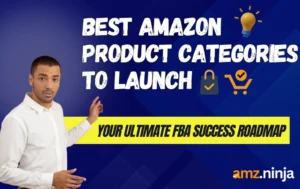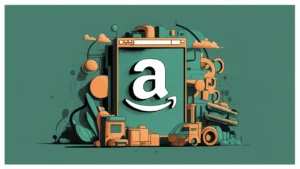Tired of the constant grind of sourcing inventory for retail arbitrage? Or maybe you're looking to take your Amazon business to the next level?
If yes, Amazon Wholesale might be the answer you were searching for. The Amazon wholesale business can amplify your business in terms of quantity, i.e. the sales made. But it is not as simple as you think. The Amazon wholesale business includes a lot of things you need to focus on, this includes licensing and registration, logistics, the quantity of products you need in your inventory, along the right strategies.
In this guide, we'll be getting into the ins and outs of what this scalable business model comprises, along with the tips and tricks that can help you get started with a profitable revenue model.
What is Amazon Wholesale?
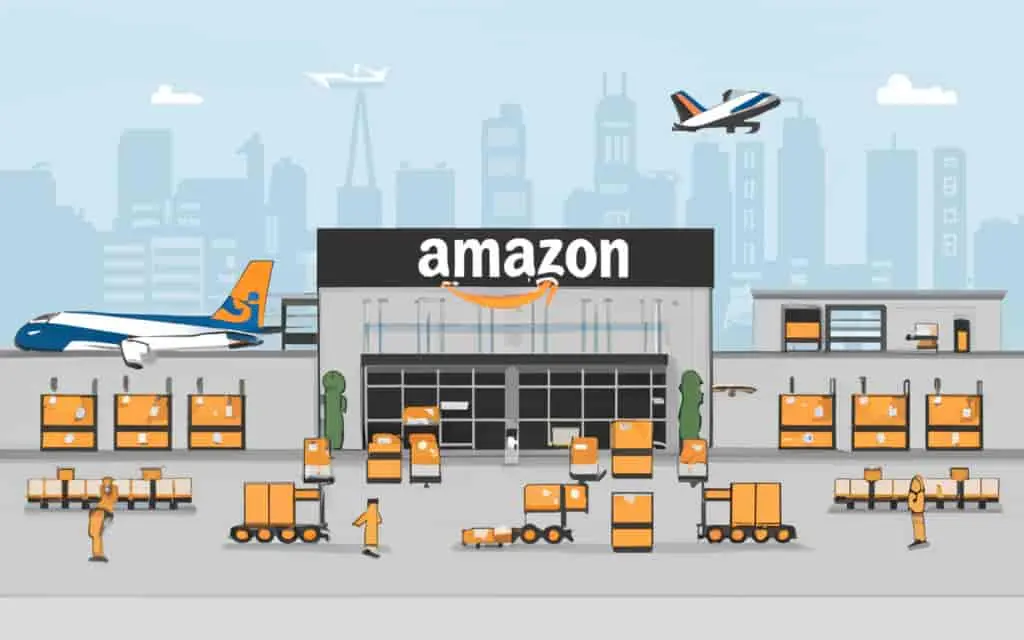
Amazon Wholesale is a business model where sellers purchase products in bulk directly from manufacturers or distributors at discounted wholesale prices, and then resell those products individually on Amazon's marketplace.
Instead of creating their own branded products, wholesale sellers tap into the existing demand for popular name-brand items. By buying inventory in large quantities, they can secure lower per-unit costs and potentially higher profit margins when reselling the products on Amazon.
Amazon Retail Selling Vs Amazon Wholesale
| Aspect | Amazon Retail Selling | Amazon Wholesale |
|---|---|---|
| Product Sourcing | Purchase from manufacturers, wholesalers, or create private label products | Purchase in bulk directly from manufacturers or distributors |
| Product Ownership | Own the products being sold | Resell existing branded products |
| Product Listings | Full control over product listings and branding | Limited control over product listings, share with other sellers |
| Pricing Control | Complete control over pricing | Pricing influenced by competition on shared listings |
| Profit Margins | Moderate profit margins | Potentially higher profit margins due to wholesale pricing |
| Inventory Management | Responsible for sourcing and managing inventory | Bulk inventory purchases, streamlined replenishment |
| Customer Service | Handle customer service and returns | May rely on Amazon for customer service (FBA) |
| Initial Investment | Moderate to high, depending on product sourcing | Higher upfront investment for bulk inventory purchases |
| Scalability | Scalable, but may require more effort in product development and branding | Scalable by expanding product range and supplier relationships |
Amazon Retail Selling
Amazon retail selling refers to the process of selling products directly to consumers through Amazon's online marketplace. In this model, sellers either purchase products from manufacturers or wholesalers and then resell them on Amazon, or they create their own private-label products to sell.
Retail sellers on Amazon have complete control over their product listings, pricing, and inventory management. They are responsible for sourcing products, creating compelling product listings, and handling customer service and returns.
Amazon Wholesale
Amazon wholesale, on the other hand, involves purchasing products in bulk directly from manufacturers or distributors at discounted wholesale prices and then reselling those products individually on Amazon's marketplace.
Wholesale sellers on Amazon do not create their own branded products instead they sell the products to other retailers. They typically have less control over product listings and branding but can benefit from higher profit margins due to the discounted wholesale pricing.
How to Start Amazon Wholesale?
- Set Up an Amazon Seller Account: Go to sell.amazon.com and create a professional seller account. You'll need to provide business information and pay a monthly subscription fee.
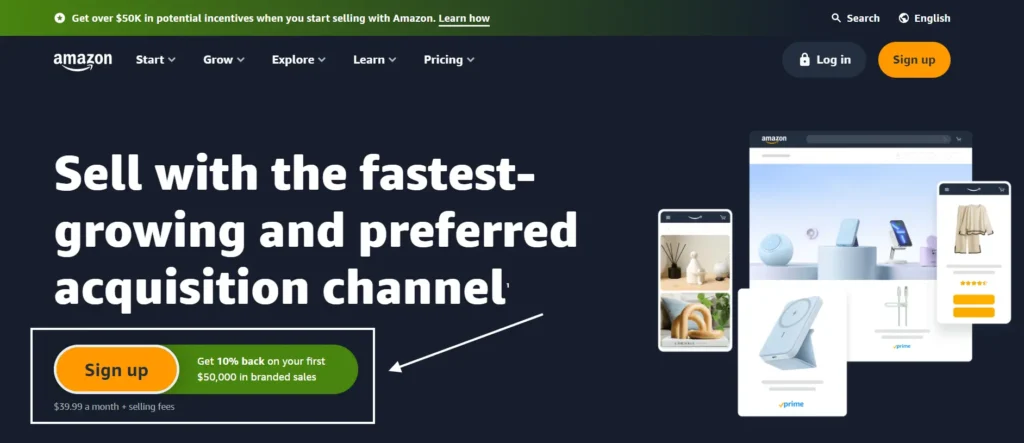
- Research Profitable Products: Use tools like Helium 10's Black Box to find products with high demand, low competition, and good profit margins. Look for products with at least 3 sellers, indicating a wholesale opportunity.

- Source Products from Suppliers: Reach out to brands or wholesalers to negotiate wholesale pricing and terms. You'll need a resale certificate and may need to meet minimum order quantities.
- Create Optimized Product Listings: On your Seller Central account, add products with detailed descriptions, high-quality images, and competitive pricing. You can also try out Helium 10's listing optimizer.
- Choose a Fulfillment Method: Decide between Fulfillment by Amazon (FBA) or Fulfillment by Merchant (FBM). FBA lets Amazon handle storage and shipping.
- Launch and Promote: Once your listings are live, consider advertising through Amazon PPC to drive sales and build your brand.
Perks of Choosing Amazon Wholesale
Downside of Amazon Wholesale
How to Find Profitable Wholesale Products Using Helium 10?
One of the critical steps in starting an Amazon Wholesale business is finding the right products to sell. Helium 10's powerful product research tools can ease up this process and increase your chances of success.
Use Black Box for Initial Product Research
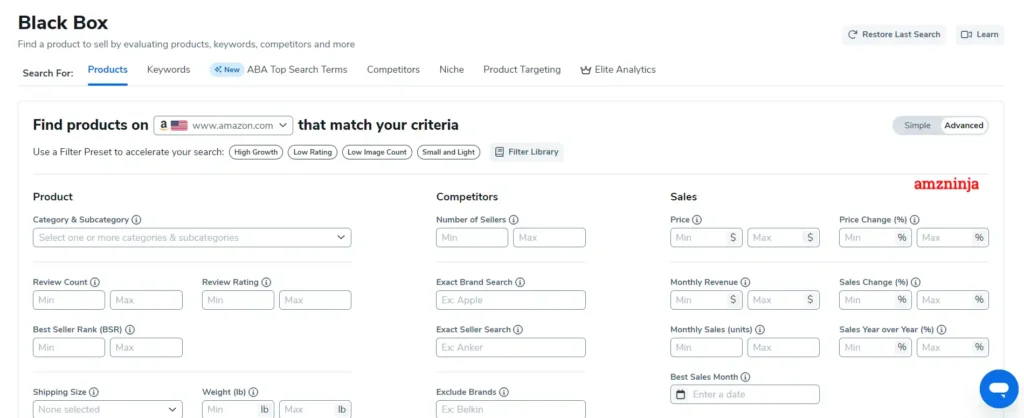
Start your product search on Helium 10's Black Box tool. Set filters like minimum monthly revenue, maximum number of sellers, and average price range to find products with high demand and relatively low competition. Look for established brands with a reasonable number of sellers (2-10) to identify potential wholesale opportunities.
Analyze Competition with Xray
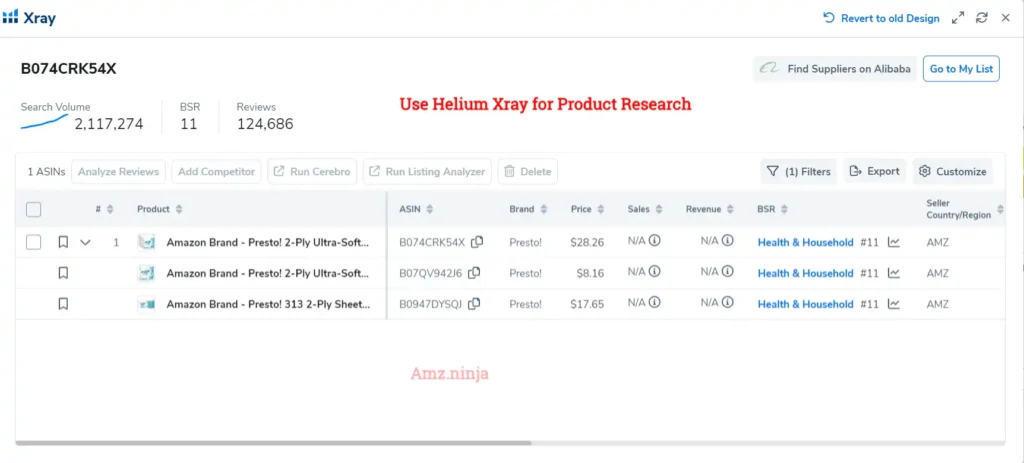
For the products shortlisted from Black Box, use Xray to get deeper into the competition. Analyze factors like monthly sales, revenue, review counts, and pricing for the top-ranking listings. This will help you gauge the market demand and identify any gaps or opportunities for improvement.
Assess Product Differentiation Potential

Review the product listings and customer reviews using Xray and Review Insights. Look for ways to differentiate your offering, such as addressing common customer pain points, improving product features, or enhancing packaging and branding.
Evaluate Profitability with a Profit Calculator
Before finalizing a product, use Helium 10's Profit Calculator to estimate your potential profits after accounting for costs like sourcing, Amazon fees, and shipping. Ensure that the profit margins are attractive enough to make the wholesale business model viable.
Find Suppliers with Supplier Finder

Once you've identified a promising product, use Helium 10's Supplier Finder to locate potential suppliers on Alibaba. Filter suppliers based on criteria like location, business age, and ratings to find reliable partners for your wholesale business.

20% Off on Helium 10 for 6 Months
exclusive
Try out the verified Helium 10 coupon code “BLOGE6M20” to get 20% off for 1st 6 months of subscription. Get 10% Off on annual plans for Helium 10.
20% DISCOUNT
Now assuming that you have found yourself the right supplier, how would you crack the right deal? Because the difference of even $1 can make a huge difference when comes to bigger volume. Let's have a quick look at some of the negotiation tips.
How to Negotiate with Suppliers and Win Big?
Getting the best deals from suppliers isn't just about haggling over prices. It's about building relationships, understanding the market, and knowing what you want. Here’s how you can become a negotiation ninja and score those sweet deals for your Amazon FBA business:
Building Strong Supplier Relationships
Good relationships with suppliers are like gold. They can make or break your business. Here’s how to keep those relationships strong:
For more tips on managing your Amazon FBA business, check out our article on How to Use Amazon Seller Central and explore our guide on succeeding with Amazon FBA private label.
Solving Common Queries Related to Amazon Wholesale
How is Amazon Wholesale different from retail arbitrage?
Unlike retail arbitrage, Amazon Wholesale involves buying inventory directly from manufacturers or authorized distributors, often at lower wholesale costs and in larger quantities.
How do I Find Reliable Wholesale Suppliers?
Tools like Helium 10's Supplier Finder can help locate potential suppliers on platforms like Alibaba. Thoroughly vet suppliers for reliability and authenticity.
Do I Need a Resale Certificate for Amazon Wholesale?
Yes, most suppliers will require you to have a valid resale certificate or sales tax ID to purchase products at wholesale prices.
How do I Price my Wholesale Products on Amazon?
Pricing strategies may involve matching the Buy Box price, undercutting competitors, or using automated repricing tools.
What are the Risks of Amazon Wholesale?
Risks include intense competition, limited control over listings, inventory risks, supplier issues, and potential for counterfeit products.
All Boxes Checked
Whew, we've covered a lot of ground in this guide to the Amazon Wholesale business model! From understanding the fundamentals to all the in-depth details, you now have a solid foundation.
But we can say that the success of Amazon Wholesale does not rely on following a checklist – it's about continuously adapting, and optimizing. Keep refining your product selection, nurturing supplier relationships, and utilizing the latest tools and strategies.
So, what are you waiting for
Your next big business breakthrough might be just a wholesale order away!



